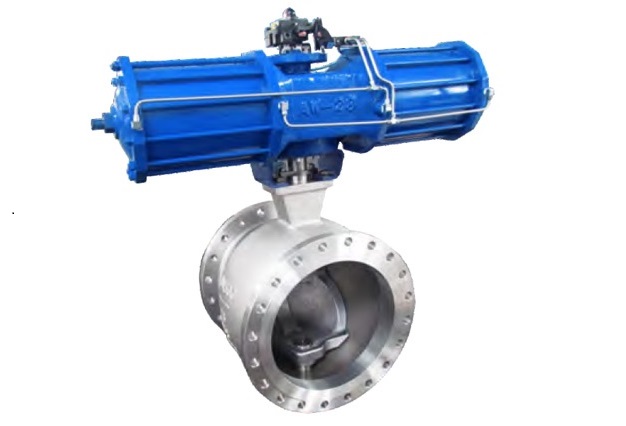-
Electric eccentric hemispherical valve - common faults and causes analysis
Electric eccentric hemispherical valve is widely used in industrial production. Due to its unique structure, good adjustment performance and rapid opening and closing, it has become a key equipment in fluid control systems.… -
How to choose the right ball valve for the petrochemical industry
The petrochemical industry relies on pipeline transportation, so choosing a quality valve is crucial.How to choose the right ball valve for the petrochemical industry.… -
Selection of flat gate valves in different applications
Flat gate valves are mainly used in petroleum, refined oil delivery pipes, gas delivery pipes, and water supply projects.… -
What is a steam trap? What is the difference compared with ordinary control valves?
Steam trap is an automatic valve for steam blocking and drainage in the steam system.… -
Selection criteria for fully imported steam traps
Therefore, when choosing a steam trap, you must choose a larger displacement.… -
Six antifreeze measures for steam traps
The steam trap must be able to "identify" steam and condensed water in order to play the role of blocking steam and draining water.… -
What is the back pressure of the trap?
For most traps, the force exerted by back pressure acts in the direction that opens the valve, relative to a force that opens the valve.… -
What is the steam trap safety rate
For steam traps that operate continuously (proportionally) like float traps, due to the small opening of the disc, excessive capacity will cause roughening of the valve seat (when high-speed fluid passes through a narrow gap, the contact surface will Corrosion, forming grooves), damage the valve seat and cause leakage.…
 WENZHOU WEITUO VALVE CO., LTD.
WENZHOU WEITUO VALVE CO., LTD.







